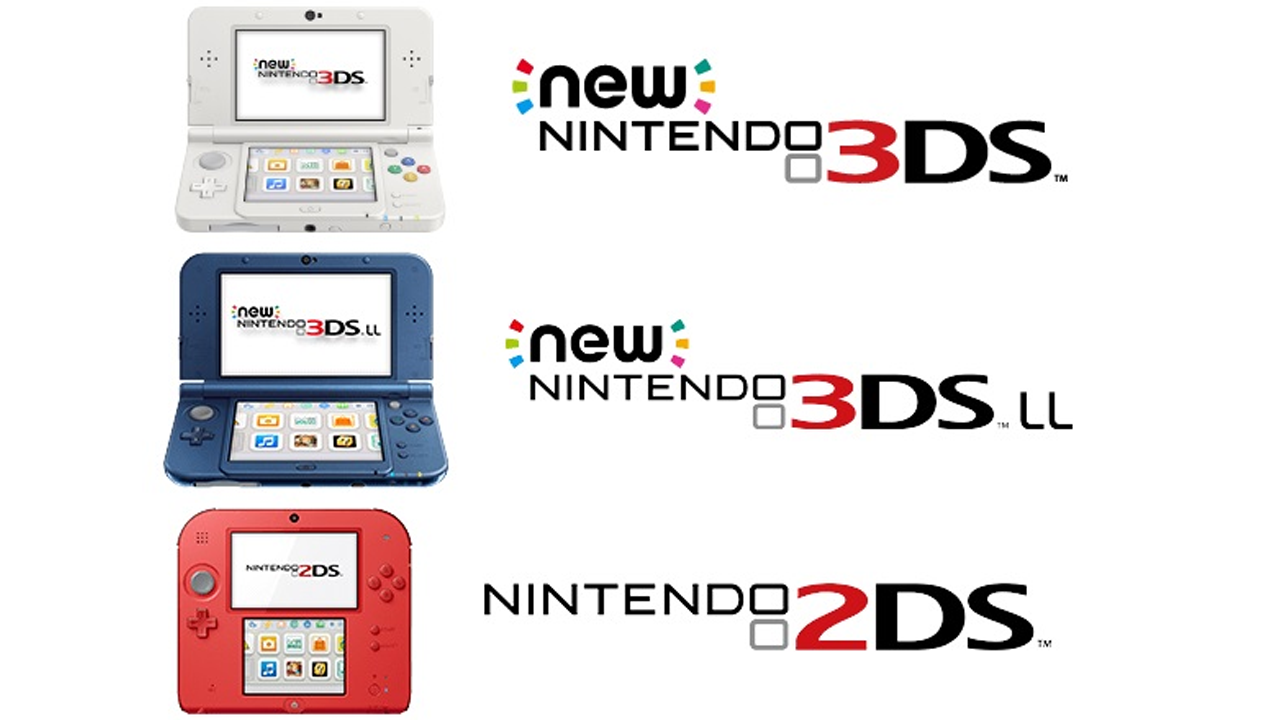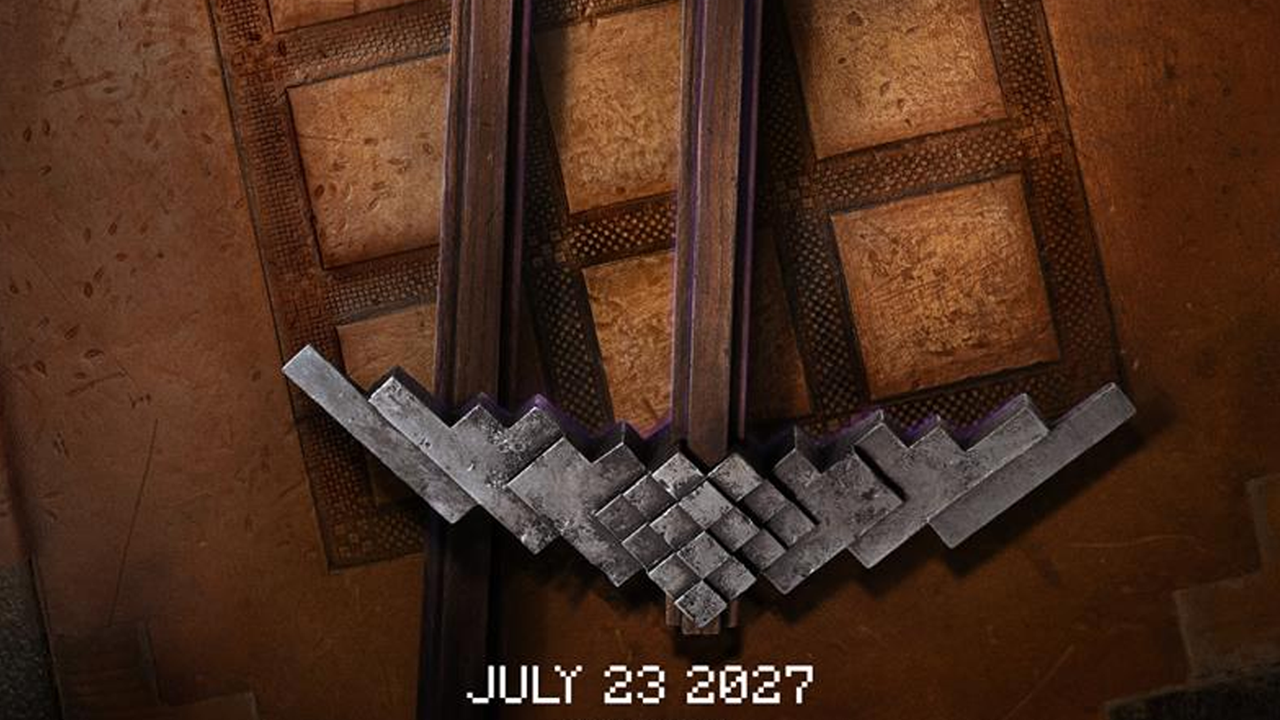
All good things must come to an end. Nintendo has once again announced an end to repair services for several handhelds; this time, the focus is on the Nintendo 2DS and New Nintendo 3DS models in Japan. The decision marks another step in the gradual winding down of support for Nintendo's older devices.

Warp Pipe Weekly
A weekly recap of all things Nintendo
By submitting your email, you agree to our Terms of Service and Privacy Notice. You can opt out at any time.
By submitting your email, you agree to our Terms of Service and Privacy Notice. You can opt out at any time.

Nintendo Announces End of Repair Service Requests for 3DS and 2DS Models
The support announcement detailed that Nintendo will cease accepting repair requests for specific models, including the Nintendo 2DS [FTR-001], New Nintendo 3DS [KTR-001], and the New Nintendo 3DS XL (known as LL in Japan) [RED-001], affecting all colors and editions. The timeline for this cessation is tied directly to the remaining availability of necessary components, indicating a phased end to repairs rather than an immediate halt.
Notification and Component Availability
Nintendo has committed to updating users on the availability of repair services through the product pages on their support website. This approach allows for transparency regarding which models or parts may see services discontinued sooner, based on the depletion of stock levels for specific components.
Broader Implications and Alternatives
While the announcement is currently only applicable to Japan, it is expected to influence other regions in due course. Late last year, Nintendo announced the end of online service for the 3DS and Wii U consoles, with further details pointing to an official April 8, 2024 end-date. This sunsetting of the 3DS and 2DS models isn't surprising, as supply parts have been depleting and the gaming giant is likely beginning to shift attention towards the next-gen release.
This phase-out follows the discontinuation of the 3DS models years prior, a move anticipated by the community as parts became increasingly scarce. Nonetheless, Nintendo's decision opens avenues for third-party repairs or DIY fixes using aftermarket parts, ensuring that owners of the affected models have alternatives for maintaining their devices.







